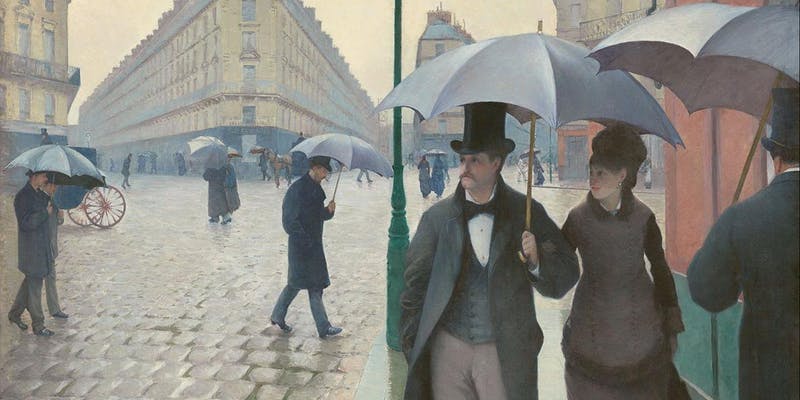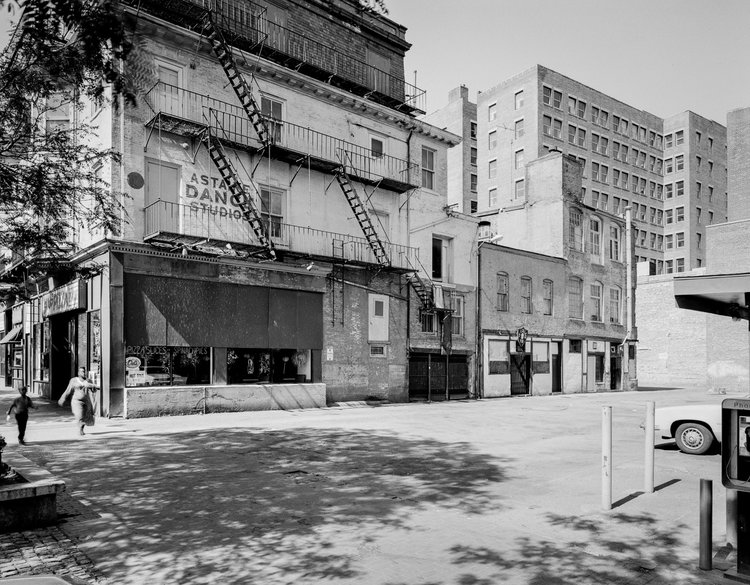YEAR OF THE CITY

In May, the John Nicholas Brown Center for Public Humanities and Cultural Heritage at Brown University presents two public programs that explore the history, life and culture of Providence’s 25 neighborhoods as part of Year of the City: The Providence Project.
The Providence Album, Vol I (May 4-July 22) revisits Providence in the 1960s through the photographs of Carmel Vitullo and Harry Callahan. Untitled (Walking) is an arduous 2-day, 20-mile collaborative walk through all 25 of Providence’s neighborhoods on May 4-5, 2019.
The Providence Album, Vol I: Carmel Vitullo and Harry Callahan (May 4 – July 22)

April 22, 2019 – In the 1960s, Providence appeared to be a city in decline. Residents were rapidly relocating to the surrounding suburbs and taking local businesses with them. The construction of I-95 and I-195 was under way, and by 1965 they would permanently sever connections among many of the neighborhoods, separating the South and West Sides from Downtown and the East Side.
The Providence Album, Vol I: Carmel Vitullo and Harry Callahan revisits this period of transition through the photographs of Carmel Vitullo and Harry Callahan. Some document particular neighborhoods that were undergoing or were threatened by change, while others suggest the grim existence of modern life in a post-industrial city. In most of them, women are the protagonists of this city, appearing like lead characters in a film that is only part of the way through. The exhibition includes twenty prints, leant by the David Winton Bell Gallery at Brown University and the Bert Gallery Providence, and video interviews with Carmel Vitullo, Stephan Brigidi – an early student of Callahan’s at RISD – and staff and seniors at St. Martin de Porres and Laurelmead Senior Centers who remember the city during this period.
The exhibition was curated by Marisa Angell Brown, Assistant Director of Programs at the John Nicholas Brown Center for Public Humanities and Cultural Heritage at Brown University, and four Brown graduate students: Yilin Huang, Yao-Hsuan Lin, Dashiell Wasserman, and Ariana Wescott. Says Brown, “Providence in the 1960s was struggling – the population losses in the city were staggering, leading to a sense of anxiety about the future of this once powerful industrial capital. While these two photographers are very different, it’s interesting to see how some themes recur across their work. If you aren’t familiar with either photographer, it’s a real treat to see their work exhibited together like this.”
The Providence Album, Vol I: Carmel Vitullo and Harry Callahan
Carriage House Gallery, John Nicholas Brown Center for Public Humanities and Cultural Heritage, 357 Benefit Street. Gallery Hours M-F 10-4; closed holidays.
Opening reception: Saturday, May 4, 5-7 pm.
Gallery talks: Thursday, May 16 at 6pm; Friday, May 24 at 3 pm; and Saturday, May 25 at 2 pm.
The exhibition and all associated programs are free and open to the public.
April 22, 2019 – On May 4 and 5, staff and students at the John Nicholas Brown Center for Public Humanities and Cultural Heritage at Brown University will lead an arduous, 2-day, 20-mile collaborative walk through all 25 of Providence’s neighborhoods in which the “route” is mapped by strangers in the street.
How does it work? The walkers will meet once on May 1, to pick the locations throughout the city that they would like to hit over the two days. On Saturday, May 4, the group will set out and will ask passers-by for the best route to their location based on specific questions, like “What is the route that bypasses particular places that have meaning to you or your community?” or “What is the ugliest route we can take and why is it so ugly?” The walk will be shaped by people in the streets — some may even join in for part or all of the day. The route, generative questions and some information about each route-giver will be recorded, and a map will be produced at the end of the weekend.
Why walk? Walking is an important but often invisible part of art-making — think about the Impressionists, carrying easels and art supplies through meadows and fields to arrive at the perfect spot, the mileage that went into “street photography,” and conceptual art practices that use walking to produce art or produce walking as an artistic medium. Walking has long been a powerful tactic in social justice movements for uniting individuals in common cause and symbolizing the progress that is being fought for. Walking has special resonance today, with the rise of forced or strategic migration, as walking can often be the only way out of traumatic places. We will consider all of these reasons for walking as we shape our walk, together.
Says Marisa Angell Brown, one of Untitled’s organizers, “If you’re familiar with Exquisite Corpse, the drawing game the Surrealist artists used to play, you’d recognize our format – it’s like Exquisite Corpse, but walking.” Untitled (Walking) participates in Jane’s Walk Providence, a weekend-long festival of walking tours organized by volunteers across the city.
The event is free but registration is required before May 1.
https://www.eventbrite.com/e/untitled-walking-tickets-60141359425
